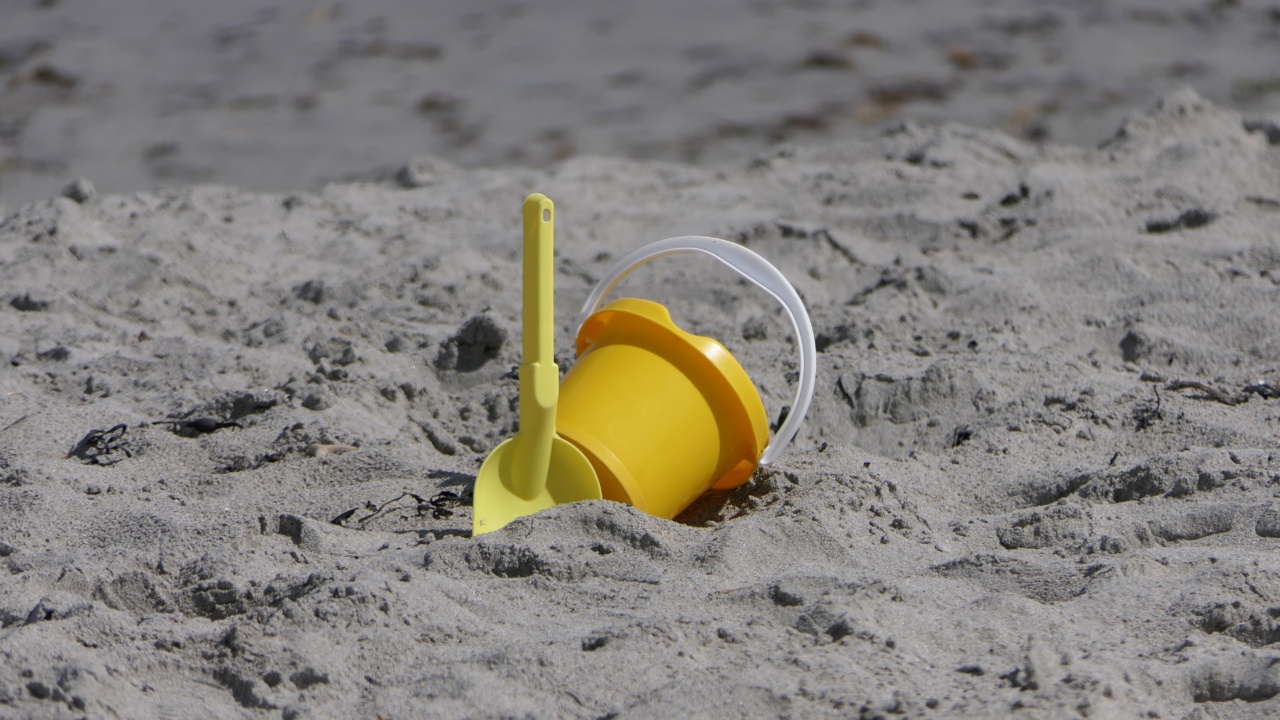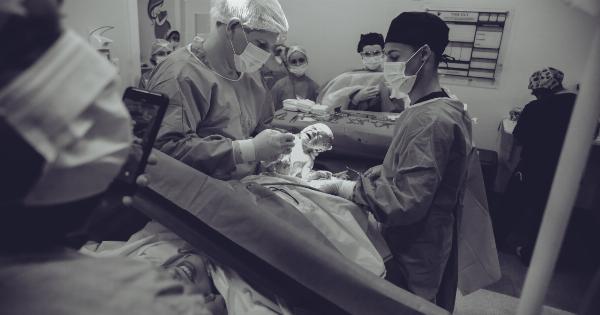Caesarean section births, commonly referred to as C-sections, have been on the rise in recent decades.
While this surgical procedure can be life-saving for both mother and baby in certain situations, it is important to consider the potential long-term consequences.
The rise of Caesarean section births
In the past few decades, the rate of Caesarean section births has increased significantly in many countries around the world. This procedure involves the surgical delivery of a baby through an incision in the mother’s abdomen and uterus.
It is often performed when vaginal birth is considered too risky or not possible.
There are several factors contributing to the rise of C-sections. These include increased maternal age, multiple pregnancies (such as twins or triplets), maternal health conditions, and a higher demand for elective C-sections.
Additionally, changes in medical practices and cultural attitudes towards birth have also played a role.
The potential consequences
While C-sections can be life-saving in certain situations, they are associated with potential short-term and long-term risks. One of the long-term risks is the increased likelihood of childhood infections among Caesarean-born children.
The link between C-sections and infections
Recent studies have shown that babies born via C-section have a higher risk of developing infections compared to babies born vaginally. This increased risk may be attributed to several factors:.
1. Altered microbiome
During vaginal birth, babies are exposed to the mother’s microbiota, which helps build their immune system. However, during a C-section, this exposure is limited, and babies miss out on the beneficial microbial transfer.
This altered microbiome composition may weaken the newborn’s immune response, making them more susceptible to infections.
2. Delayed breastfeeding initiation
C-section births often involve a longer separation between the mother and the newborn compared to vaginal births.
This delay in initiating breastfeeding can impact the transfer of maternal antibodies to the baby, which are crucial in protecting against infections. Breast milk provides essential nutrients and antibodies that help reinforce the baby’s immune system.
3. Prolonged hospital stays
Caesarean-born babies typically have longer hospital stays compared to those born vaginally. The extended duration in a hospital environment increases the risk of exposure to various pathogens and hospital-acquired infections.
These infections can range from respiratory illnesses to gastrointestinal infections.
4. Reduced exposure to beneficial bacteria
Babies delivered via C-section may have decreased exposure to beneficial bacteria found in the birth canal, skin, and environment during vaginal birth.
These bacteria help prime the infant’s immune system and promote the development of a healthy microbiome. Without this exposure, the baby’s immune system may not develop optimally, leading to an increased susceptibility to infections.
5. Potential antibiotic use
Certain complications during and after C-sections may require the use of antibiotics. While antibiotics are crucial in treating or preventing infections, their use can also disrupt the newborn’s developing microbiome.
This disruption may further contribute to the increased risk of infections.
The impact on childhood health
The increased susceptibility to infections among Caesarean-born children can have long-lasting effects on their overall health.
Regular hospitalizations due to infections can lead to prolonged exposure to healthcare settings and a higher risk of antibiotic resistance. Additionally, recurrent infections can impair the development of the immune system, potentially leading to a higher incidence of allergies, asthma, and other immune-related disorders later in life.
Reducing the risk
While C-sections are sometimes necessary and life-saving, steps can be taken to mitigate the potential risks associated with them:.
1. Promoting vaginal births when possible
Efforts should be made to encourage vaginal births when medically appropriate.
This can include providing education and support to expectant mothers regarding the benefits of vaginal birth, promoting the use of appropriate labor induction techniques, and monitoring pregnancy for potential complications.
2. Enhancing microbiome exposure
Research is underway to explore methods of enhancing microbiome exposure for C-section babies. This includes potential interventions such as swabbing newborns with vaginal secretions or exposing them to maternal skin microbes immediately after birth.
These interventions aim to simulate the natural bacterial transfer that occurs during vaginal birth.
3. Prompt breastfeeding initiation
Initiating breastfeeding as soon as possible after a C-section can help compensate for the delayed transfer of maternal antibodies.
Healthcare providers should encourage and support mothers in establishing breastfeeding, even in the case of surgical births.
4. Limiting unnecessary C-sections
Efforts should be made to reduce the rate of elective C-sections without medical indications. This involves educating healthcare providers and the general public about the potential risks associated with unnecessary surgical births.
It is crucial to emphasize that elective C-sections should only be performed when the benefits outweigh the risks.
Conclusion
Caesarean-born children face an increased likelihood of being hospitalized for infections compared to those born vaginally.
Factors such as altered microbiome, delayed breastfeeding initiation, prolonged hospital stays, reduced exposure to beneficial bacteria, and potential antibiotic use contribute to this increased risk. To mitigate these risks, promoting vaginal births when appropriate, enhancing microbiome exposure, encouraging prompt breastfeeding initiation, and limiting unnecessary C-sections are important steps.
By addressing these concerns, we can strive to improve the long-term health outcomes of Caesarean-born children.






























